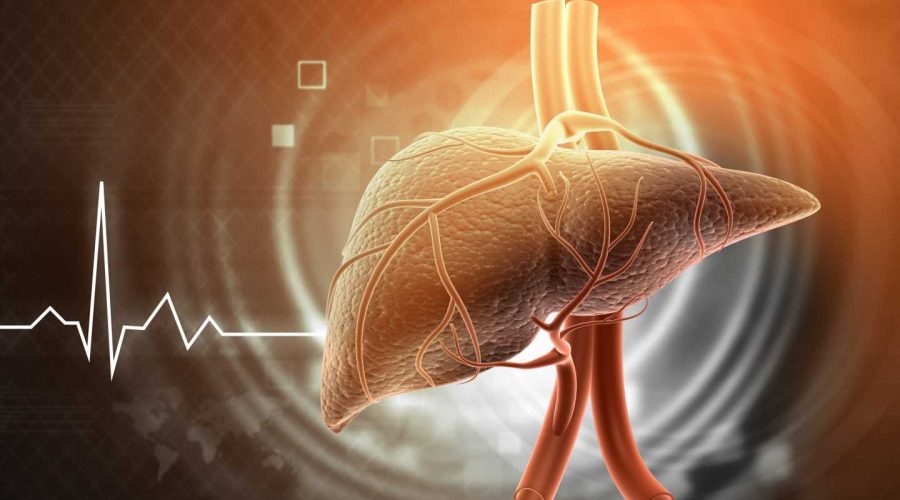Study provides basis for personalized hepatitis C aftercare

Even after chronic hepatitis C has been cured, portal hypertension remains the major factor driving the development of complications in advanced liver disease. In cooperation with researchers from Spain, a research team led by Georg Semmler and Mattias Mandorfer from the Division of Gastroenterology and Hepatology at MedUni Vienna’s Department of Medicine III showed that the non-invasive tests explored in their earlier studies accurately estimate the probability of sequelae.
Their study, published in the Journal of Hepatology, refutes concerns about the accuracy of these tests and recommends actions for individual disease follow-up.
In their latest study, the research group analyzed all published data relating to non-invasive tests and minimally invasive hepatic venous pressure gradient measurements performed on patients before and after treatment for hepatitis C. Working closely with colleagues from Spain, they evaluated paired measurements from 418 patients, confirming the accuracy of two non-invasive tests: U.S.-based liver stiffness measurement and platelet count, a simple blood test.
Based on these findings, it was possible to develop a risk stratification system for patients post hepatitis C cure and this has already been implemented in the Baveno VII consensus, i.e., the international recommendations for the management of portal hypertension.
“The results of the study are therefore already contributing to the personalized follow-up of these patients worldwide, eliminating the need for unnecessary, sometimes burdensome examinations and enabling early initiation of preventive measures where appropriate,” says first author Georg Semmler.
Hepatitis C is a viral infection that is widespread throughout the world. For some years now, it has been successfully treated with drugs that have a direct antiviral effect and can thus be cured in more than 95% of cases.
However, patients with advanced scarring of the liver (“advanced liver disease”) remain at risk of developing secondary disease. With the exception of hepatocellular carcinoma, these complications are directly caused by the presence of portal hypertension. This refers to high blood pressure in the large vein that transports blood from the gut to the liver.
Source: Read Full Article
